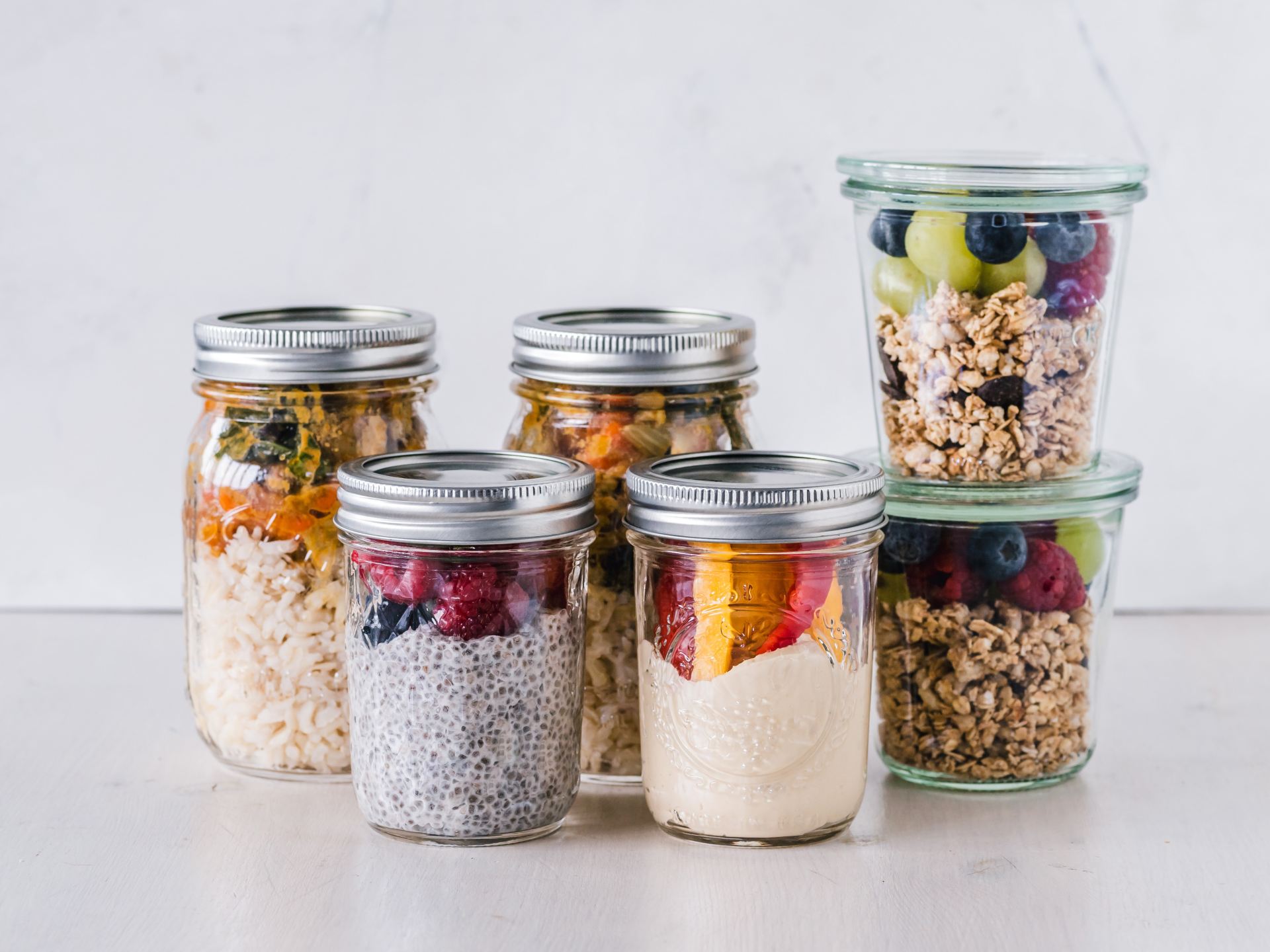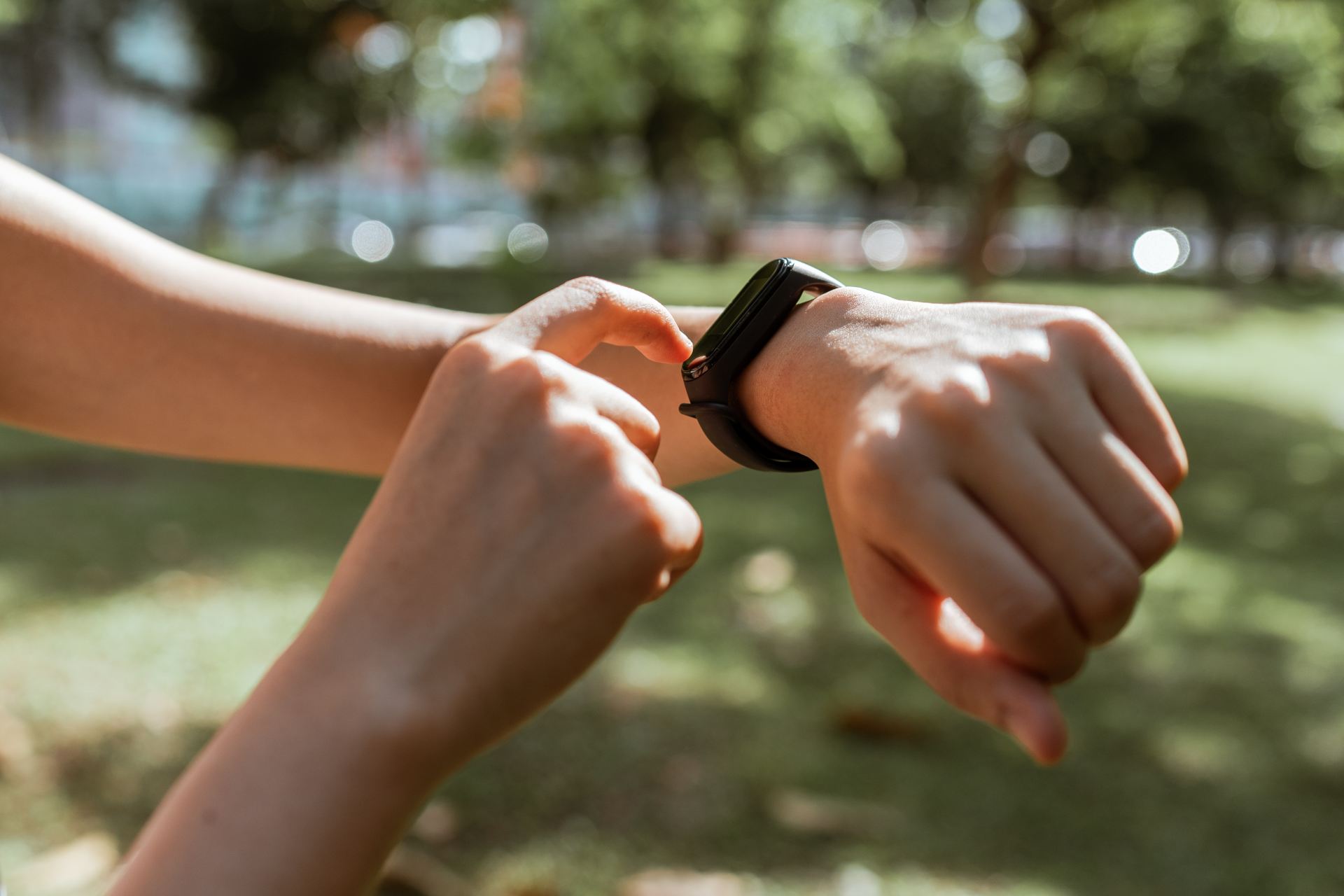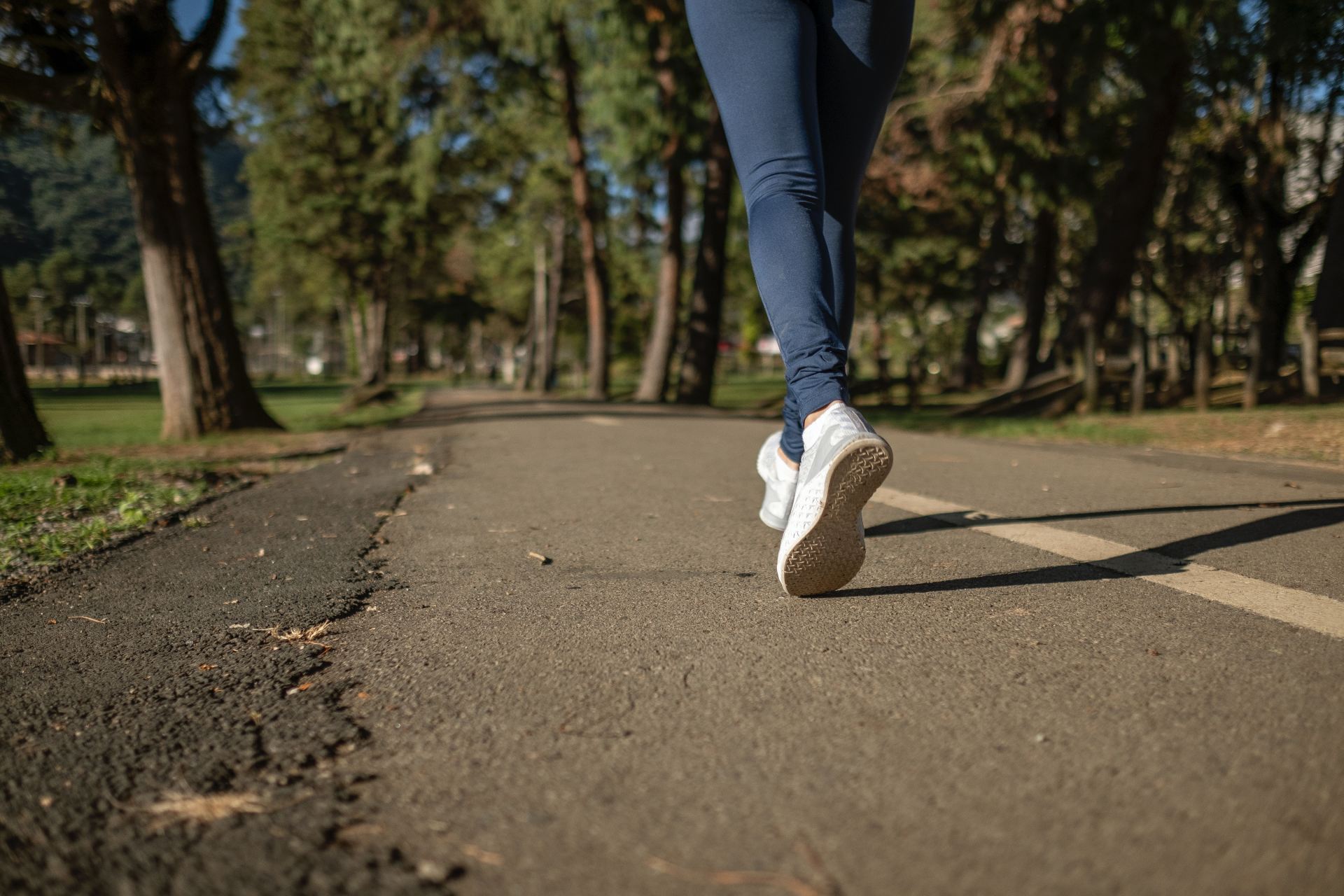Hi! I’m Abi, I'm currently studying a masters in Criminology and Criminal Justice. I like to draw animals & wildlife, play video games, and I like reading.

Summer Fitness Routine
This summer I’m hoping to get back into a proper fitness routine after the stress of exams and assignments, and…
June 11, 2023,
read.
This summer I’m hoping to get back into a proper fitness routine after the stress of exams and assignments, and what better time than when the sun’s shining and our schedules are (mostly) clear! It can be difficult knowing where to start, and fitness is different for everyone, but I’ll run over some of my basic tips for getting into a healthy summer fitness routine.

Step One: The Foundations
Before you start thinking about exercise it’s important to make sure you have the foundations sorted, this means creating a decent food and drink routine to ensure your body can handle the exercise.
Make sure you’re drinking between 1.5-2 litres of water a day at least, this will keep your body hydrated and give you more energy to be able to exercise long-term. Use a water intake calculator if you’re unsure how much you should be drinking, you’ll get a result based on your weight, activity level, and climate!
Try to eat 7 portions of fruit and vegetables a day, this can be difficult (especially with the cost of living crisis), but even a small change can help! Alongside this, protein is a big factor to consider when working out, particularly if you’re going to be doing a lot of weight training. Have a look online for some recipe ideas to make incorporating these things more fun.

Step Two: The Basics
Consider what you want to gain from your fitness routine, are you looking for muscle gain? maybe increasing your endurance? Knowing where you want to see yourself can help you figure out what exercises to do.
If you’re looking to gain muscle, I’d recommend:
- Start with weights, both machines and free weights will help you achieve this goal
- Cardio can be useful, you won’t find much muscle gain from this, but it’s great for warming up/down!
- Make sure to have an appropriate amount of protein, this will help you build muscle
If you’re looking to increase your endurance, I’d recommend:
- Use lighter weights with more reps to increase muscle endurance, this is a different technique than if you’re looking to gain muscle
- Gradually add time and distance to your exercises each week, if the exercise feels too easy it’s time to make it harder. Pushing yourself will build endurance
- Cardio will be your best friend! Weights are still very important for endurance building, but exercises such as running and using the cross trainer will help build walking/running endurance

Step Three: Location
Think about where you’ll be able to do your exercises, if you can afford a gym membership I’d recommend joining one as you’ll have full access to a range of equipment to help you reach your goals. If money is tight, there are ways you can exercise without a gym! If you want to do a lot of cardio, you can run outdoors and enjoy the weather, and if you’re looking to do weights consider purchasing some new or used (or even just using some cans of food in a bag!). It’s not about the money you put into your exercise, it’s about the effort.

Step Four: Expectations
Finally, it’s important to set your expectations and consider if they’re attainable. If you put too much pressure on yourself you’re more likely to give up or feel disheartened. Start small and work your way up, just like endurance training. If your body can’t handle doing so much at once, don’t expect your mind to either.




